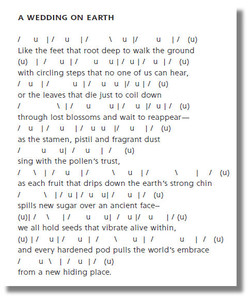

Ravens have a large, complex vocabulary of sounds in their repertoire including a high knocking “toc toc toc”, a dry, grating “Kraa”, low guttural rattles, and some more musical calls. The voice is normally a distinctive deep, harsh croak, or hollow croaking honk. Juniors are a duller blackish brown until their second year. Their irides are dark brown.įemales measure smaller, but are not easily distinguishable from males. The black glossy feathers go slightly greenish on the head, under parts, tail and primaries, and bluish-purple on upper parts, secondaries and wing coverts. The entire body is glossy black, as are the bills, legs and feet. The throat feathers are long and pointed, the tail is long and graduated. On closer observation (and they are often displayed in zoos) you will notice the strongly decurved distal part of the culmen, with prominent nasal bristles. In aerial silhouette their longer features (bill, tail and fingered wings) easily distinguish them from crows. Orthinologists believe that the all black plumage helps them absorb and retain heat in high altitudes and northern latitudes.ĭistinctive features (to help you distinguish them from crows) are their large size, heavy bill, shaggy throat hackles, long fingered wing tips and long wedge shaped tail. Raven is a striking all black bird, 58 – 69 cm from beak to tail. I have observed these expert foragers in cities and suburban areas as well. The bird prefers wild upland and mountainous regions, but also inhabits forests, inshore islands, coastal areas, steppes, semi-deserts, and plains. It is the most widespread of all corvids, ranging throughout Europe, North Africa, Western Siberia, North America and Greenland. Most of us are familiar with the Common, or Northern Raven. edithae), Brown-necked Raven (Corvus ruficollis), White-necked Raven (Corvus albicollis), and Thick-billed Raven (Corvus crassirostris) boreus), Chihuahuan Raven (Corvus cryptoleucus), Dwarf Raven (Corvus (r). There are many species of ravens around the world – Australian Raven (Corvus coronoides), Little Raven (Corvus mellori), Forest Raven (Corvus tasmanicus), New England Raven (Corvus (t). More distant Corvid cousins are Choughs, Treepies, Nutcrackers, Magpies and Jays. Raven’s closest relatives in the subspecies CORVUS include the crows, jackdaws, and rooks.


Raven (Corvus corax), also known as the Common Raven or the Northern Raven, is the largest bird in the family CORVIDAE or CORVINI. And magically speaking, Raven is your totem. If you are fascinated with ravens, read incessantly about them, observe them in nature, can recognize their unique voice, collect their feathers, collect raven art and artifacts, and know their literature and folklore from around the world, you are probably an amateur CORVIDOLOGIST, which is the branch of Ornithology specializing in RAVENS and their family. If men had wings and bore black feathers, few of them would be clever enough to be crows.


 0 kommentar(er)
0 kommentar(er)
